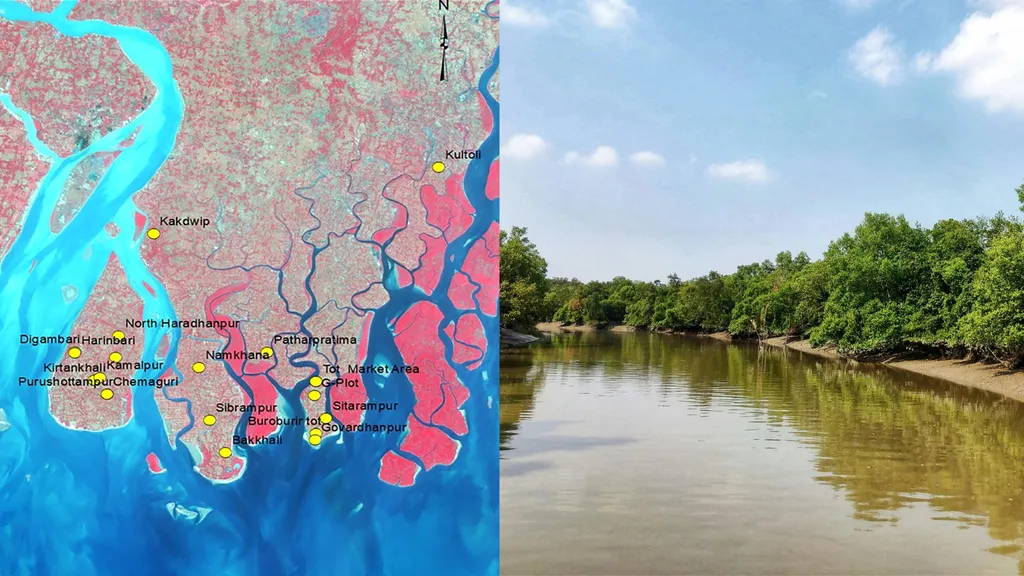In the sun-drenched coastal region of Khambhat, India, a team of researchers has embarked on a journey to uncover the microbial secrets hidden within solar salterns, artificial ponds constructed for salt production. Their findings, published in the journal Heliyon, offer a tantalizing glimpse into the diverse world of extremophiles—microorganisms that thrive in extreme environments—and their potential applications in agriculture and industry.
The study, led by Hiral G. Chaudhari from Shri Alpesh N. Patel PG Institute of Science and Research, Sardar Patel University, Anand, Gujarat, India, focused on the prokaryotic diversity of saline soils in three ponds with varying salt concentrations. Using 16S amplicon sequencing through Illumina MiSeq, the team delved into the microbial communities residing in these harsh, salty environments.
“Understanding the community composition of these environments is pivotal to harnessing the potential of these microorganisms,” Chaudhari explained. The analysis revealed a rich tapestry of microbial life, with bacteria dominating the scenes. In the least saline pond (P1), 91.95% of the sequences belonged to bacteria, with Firmicutes making up 53.35% of the bacterial community. As the salt concentration increased, the microbial landscape shifted. Pond P2, with a higher salt concentration, showed a significant presence of Euryarchaeota (46.27%), alongside bacteria (59.65%). Pond P3, the most saline of the three, was predominantly bacterial (88.26%), with a diverse array of phyla including Firmicutes, Proteobacteria, Actinobacteria, Verrucomicrobia, and Euryarchaeota.
These findings are not just academically intriguing; they hold significant commercial potential for the agriculture sector. The identified phyla are known to harbor organisms with industrial applications, from biofertilizers to biopesticides. For instance, Firmicutes includes genera like Bacillus, which are widely used in agriculture for their plant growth-promoting and biocontrol properties. Similarly, Actinobacteria are renowned for their ability to produce a wide range of antibiotics and other bioactive compounds.
The differences in microbial diversity across the ponds highlight the influence of salt concentration on community composition. This understanding could pave the way for targeted manipulation of microbial communities in agricultural soils, enhancing productivity and sustainability. As Chaudhari noted, “These results provide a primary understanding of the community composition of solar salterns in the Khambhat region, opening doors for further exploration and potential biotechnological applications.”
The study also underscores the importance of metagenomic approaches in uncovering the hidden diversity of microbial life. By utilizing online platforms like MG-RAST and OneCodex, the researchers were able to perform comprehensive taxonomic analysis, shedding light on the complex interplay of microorganisms in these extreme environments.
As we stand on the brink of a new era in agricultural biotechnology, studies like this one are crucial. They not only expand our knowledge of microbial diversity but also pave the way for innovative solutions to some of the most pressing challenges in agriculture. From enhancing crop productivity to developing sustainable pest management strategies, the potential applications are vast and exciting. The research, published in Heliyon and led by Hiral G. Chaudhari from Shri Alpesh N. Patel PG Institute of Science and Research, Sardar Patel University, Anand, Gujarat, India, marks a significant step forward in this promising field.

